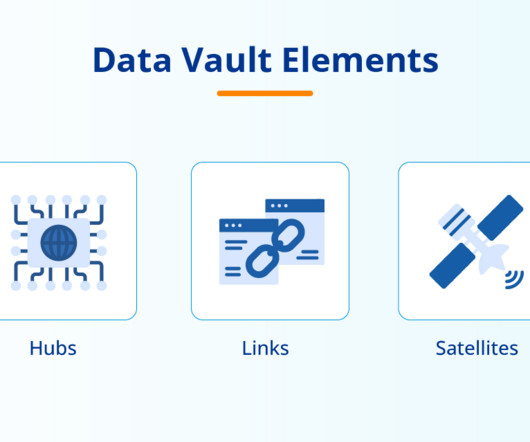Three Myths About Generative AI in the Workplace – and How You Can Bust Them
Dataversity
JANUARY 12, 2024
In the past year or so, generative AI has received more media attention than any other type of technology. Up until this point, data science has been at the center of these innovation stories, and rightfully so: None of the next-generation technology tools can work without a strong data science program. As soon as generative […] The post Three Myths About Generative AI in the Workplace – and How You Can Bust Them appeared first on DATAVERSITY.
















Let's personalize your content